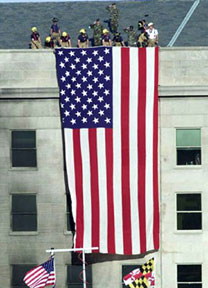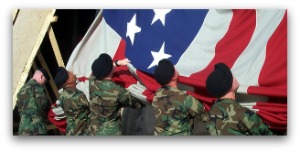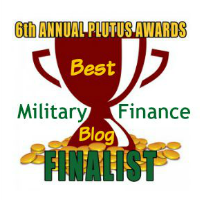
Oh, Say Can You See?
The Pentagon 9-11 Flag

WASHINGTON, Sept. 11, 2014 – Anyone who saw the gigantic American flag unfurled at the Pentagon on Sept. 12, 2001, now has a better understanding of how Francis Scott Key felt two centuries ago when he was inspired to write “The Star-Spangled Banner.”
Our nation had taken a beating, but the American Spirit and resolve was only strengthened. We were bloodied, but not beaten.
The day after the terrorist attack on the Pentagon, the scene was still chaotic. Only essential military and civilian workers were required to come to the building. Parking was at Reagan-National Airport, as all U.S. airspace was still closed.
As employees got off the Metro train, Pentagon police stood with weapons examining everyone’s badge. Those without a Pentagon ID were told to keep traveling on. The conversation in the building was about friends who remained missing.
At the site, firefighters were putting out
the final embers that were burning in the roof. Then word came that
President George W. Bush wanted to see the damage to the Pentagon
himself.
Garrison Flag
No one knows who originally came up with the idea for unfurling the flag to the right of the damaged areas on the building, but Army Maj. Gen. Jim Jackson, then the Military District of Washington commander, made it happen.
He sent over to nearby Fort Myer, Virginia, for the largest flag they could find. The U.S. Army Band had a garrison flag – the largest authorized for the military – and sent it over.
During Bush's visit to the impact site, 3rd Infantry Regiment soldiers and Arlington, Virginia, firefighters unfurled the flag and draped it over the side of the building. Then they stood and saluted.
It was a moment that quickened the heart. The United States had been attacked, the Pentagon had been hit, friends were gone, thousands were killed in New York and Pennsylvania, yet the American flag still flew.
That flag signified the unconquerable nature of the American people. Those inside the building already were preparing to take the battle to the attackers and bring them to justice.

The flag flew on the side of the building for the next month. Each night, workers illuminated it with floodlights. Members of A Company of the 3rd Infantry Regiment -- “The Old Guard” -- took the flag down Oct. 11.
A Treasured Symbol
The flag is soot-stained and ripped at one spot where it rubbed up against the building. It now is in the care of the Army’s Center of Military History.
It is treasured as the 9/11 generation’s Star-Spangled Banner, because they, like Francis Scott Key during the British attack on Baltimore in 1814, looked to the flag for inspiration and comfort.
The Star-Spangled Banner
Oh, say can you see by the dawn’s early light
What so proudly we hailed at the twilight's last gleaming?
Whose broad stripes and bright stars thru the perilous fight,
O’er the ramparts we watched were so gallantly streaming?
And the rocket's red glare, the bombs bursting in air,
Gave proof through the night that our flag was still there.
Oh, say does that star-spangled banner yet wave
O’er the land of the free and the home of the brave?
Our thanks to Jim Garamone, DoD News, Defense Media Activity, for this article and the photo of the flag being lowered.

Other Pages You May Be Interested In:
September 11.
Benghazi Coverup: Worse than Watergate
USS New York
American Flag Etiquette



If you didn't find what you're looking for, use the search bar below to search the site:



New! Comments
Join our conversation! Leave me a comment about this page in the box below. If your comment is about another page on this site, please leave your comment on that page, because I have no ability to move it to the correct page. Thanks!